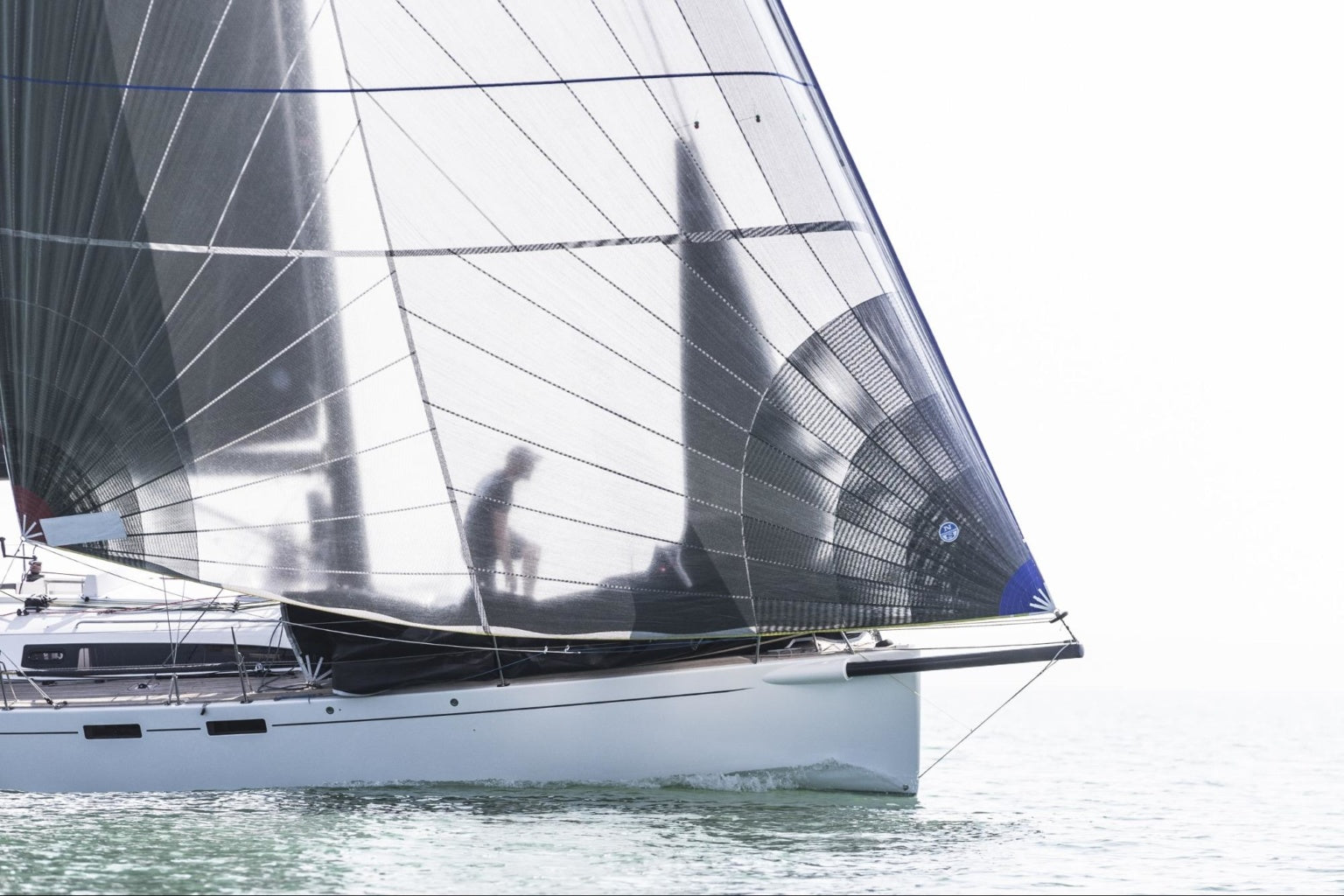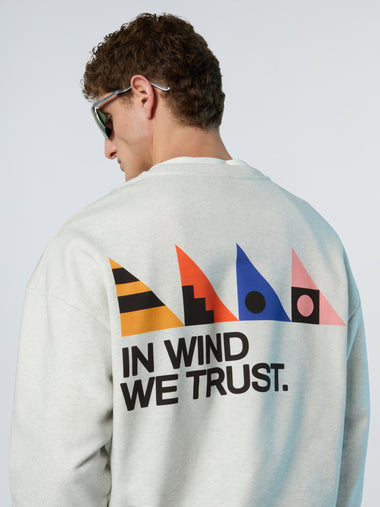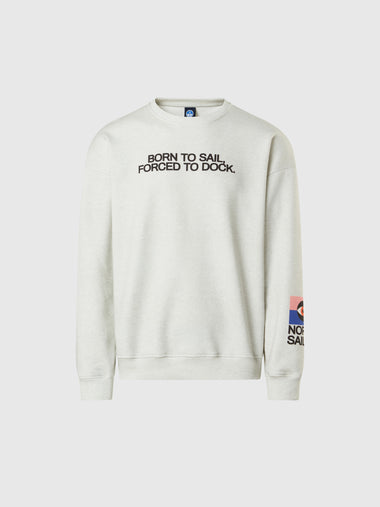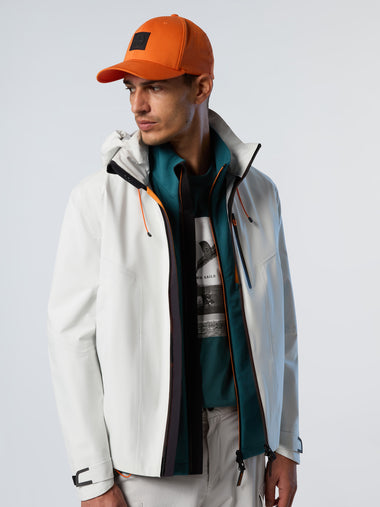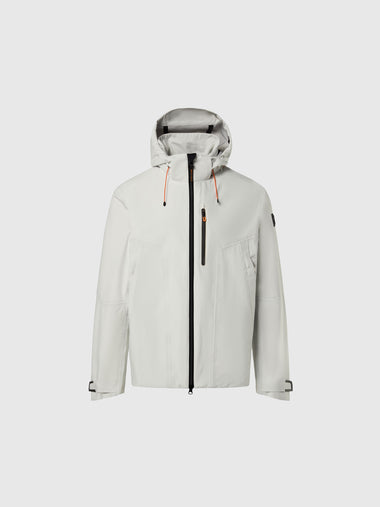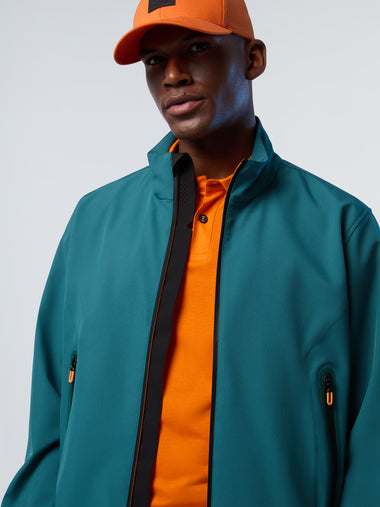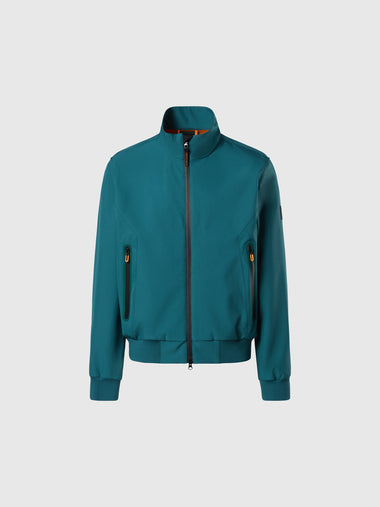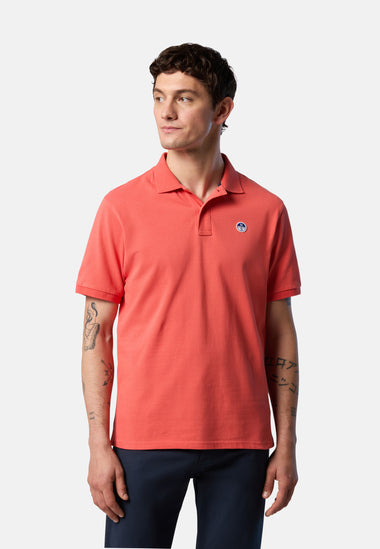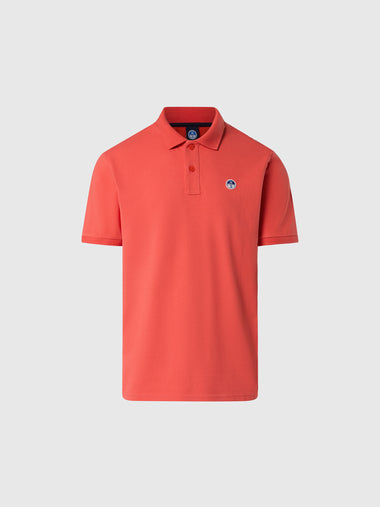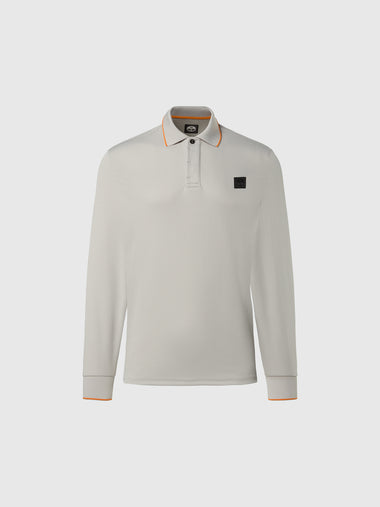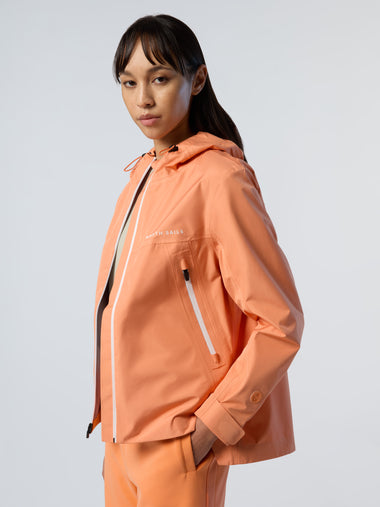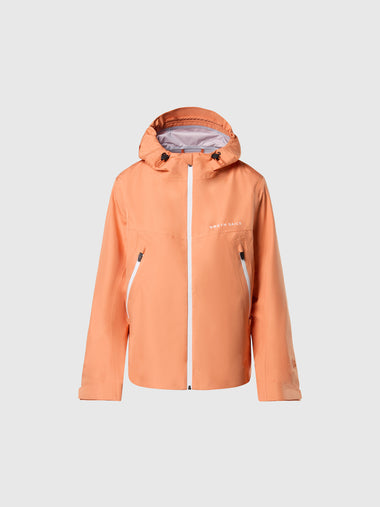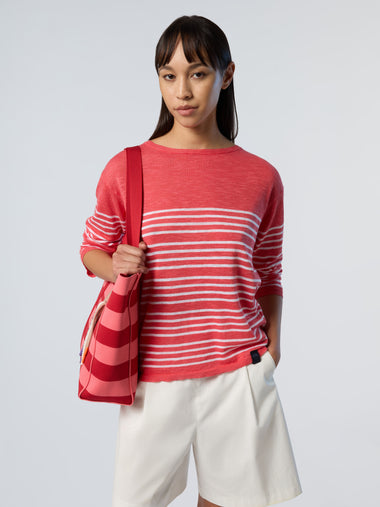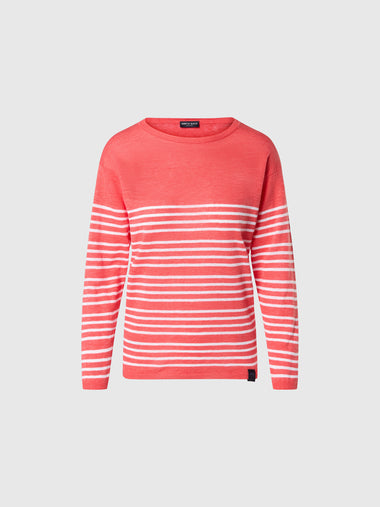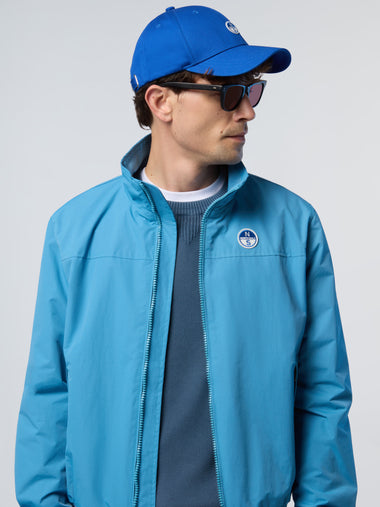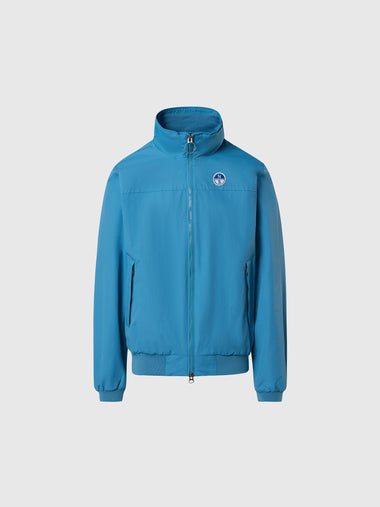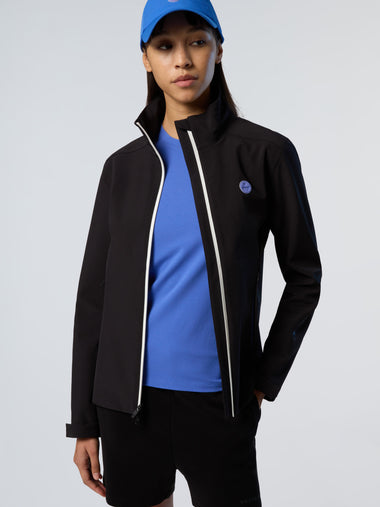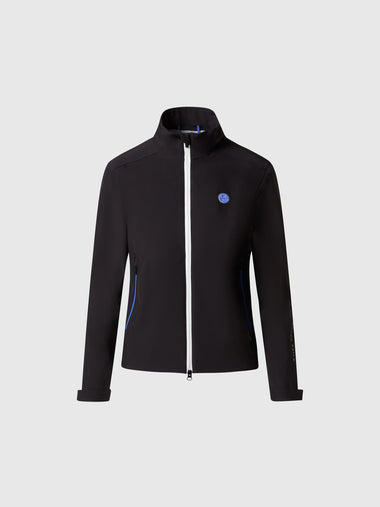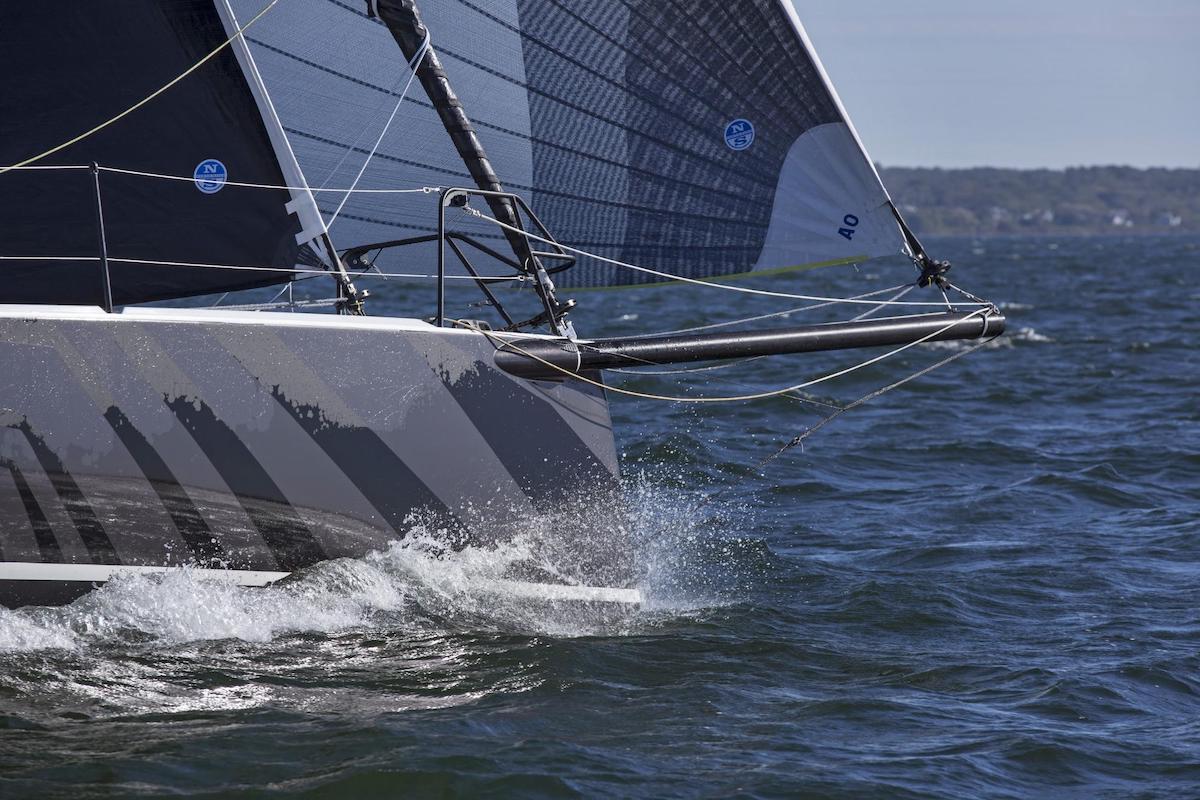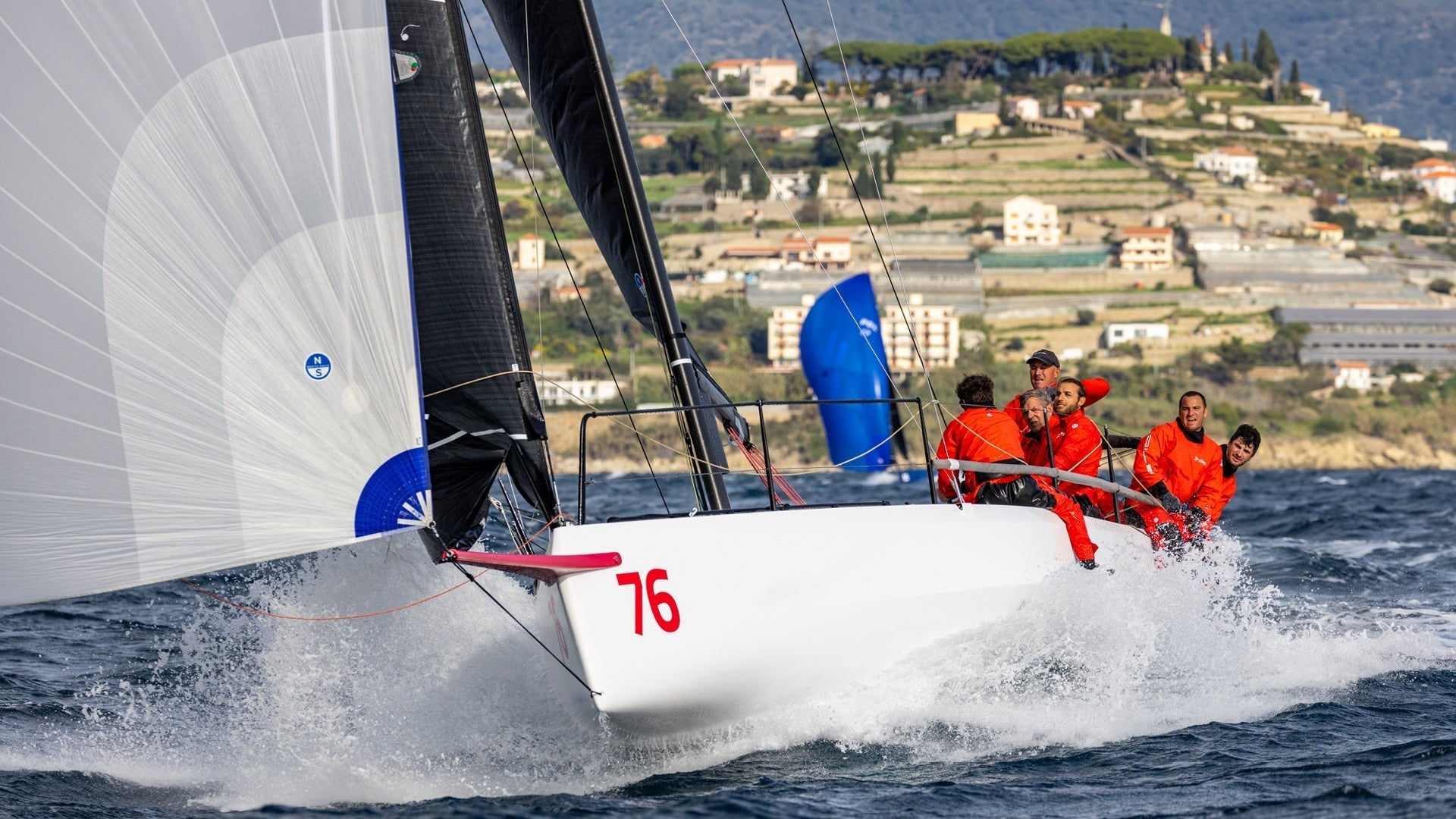CODE SAILS: WHICH ONE IS BEST?
CODE SAILS: WHICH ONE IS BEST?
North Experts explain how to decide which Code sail is best for your sailing

Even if you already understand what a Code sail is, it might not be clear why there are three different types—or which one will best fit your boat and your type of sailing. First, a quick refresher: Code sails fill the large gap between upwind sails and downwind sails, from about 65° to 135° True Wind Angle. They are free flying with a relatively high clew, sheeted like a spinnaker to an aft lead. In most cases, these sails will be furled when not in use.
To cover such a large range in true wind angles, there are three different types of Code sails. Each has a different “sweet spot” – a specific wind speed and angle where it’s most efficient.
Code Zero, Code 65, and Code 55
The Code Zero was originally designed to measure in as a spinnaker, with a minimum midgirth of 75% of foot length. Code 65 and Code 55 are named for the geometry of the sail; the number specifies the ratio between foot and mid-girth. For a sail with a foot of 10 meters, a Code 55’s mid-girth will be about 5.5 meters, while a Code 65’s mid-girth will be around 6.5 meters.

What is the best code sail for my boat?
There’s a lot that goes into that answer. First, your boat’s details are important: weight, righting moment, deck layout, etc. We also need to factor in your preferred type of sailing. Grand Prix racing has extremely specialized requirements, but for club racing and cruising, we can make some generalizations.
One way to upgrade your Code sail is to go with a Helix Structured Luff. Helix Code sails are great for both racers and cruisers on any sized boat, as this modern design philosophy produces sails with greater range. Sails with Helix Structured Luff are more versatile than a typical Code sail, and their optimized shape makes them easy to furl, self supporting and forward projecting.
 Best Code Sails for Racing
Best Code Sails for Racing
If you want to boost your racing results, the best sail is probably a Code Zero. Rating rules like ORC and IRC consider it a downwind sail, which means they won’t penalize the extra midgirth. If you often sail tight reaches in light breeze, though, a Code 55 or Code 65 might well be worth any rating penalty.
IRC and ORC are both moving toward fairer ratings for Code sails with girths of less than 75%, which increases your freedom to choose the best addition to your racing inventory. Your North Sails expert can give you the latest information and help you identify the best sail for your racing.
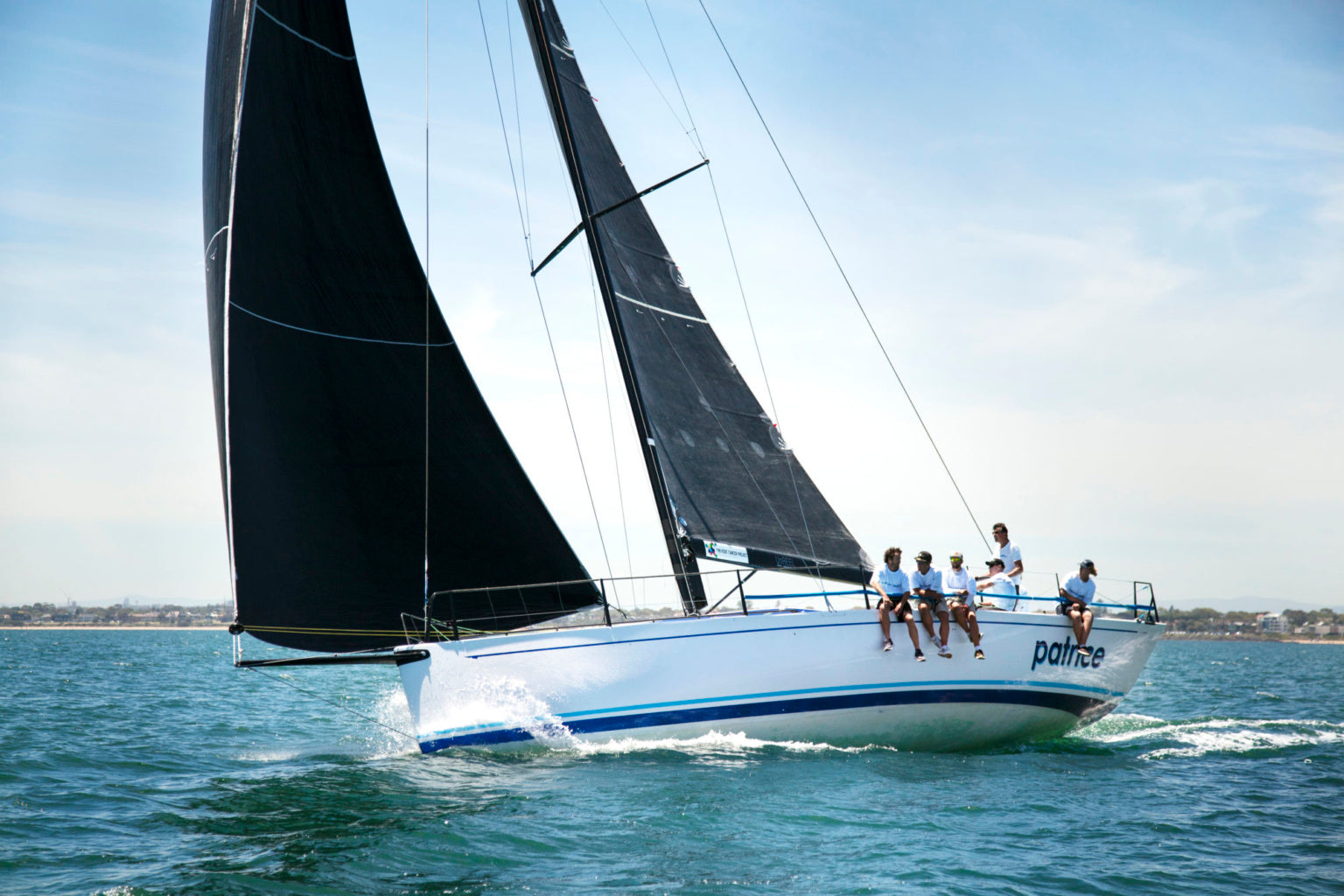
Best Code Sail for Cruising
Whether your cruises last a day, a week, or a year, Code sails are a blessing. Most modern cruising boats have jibs with a very narrow top section. Reaching with a main and jib will leave the boat quite underpowered—an unsatisfying sailing experience.
Cruisers require a sail that is easy to handle and safe to operate, so your best choice will be either a Code 55 (if you like to sail high angles in light air) or a Code 65 (if you usually sail deeper angles in stronger wind).
For most modern cruising boats, a usual personal favorite is the Code 65. This single sail will cover an incredible range of angles and wind speeds, from 65° in 6 kts true wind speed up to 125° in 16 kts. When paired with a Helix Structured Luff the sail will project forward and to windward for an added performance boost, while providing a safe, reliable and easy furl at the end of your day. Helix Structured Luff is available for all North Sails Code sails, whether cruising or racing.
How to set up your boat for a Code sail
Code sails attach to the boat in front of the headstay, though the exact location will vary from one boat to the next. If your boat isn’t already rigged for Code sails, make sure to contact your boatbuilder and/or mast manufacturer to evaluate the loads.
On race or club race boats, you may want to fly both jib and Code sail at the same time; you should have a tack point that’s far enough forward to get good separation between the two.
For cruising, you can either attach the tack to the stem fitting or rig a short sprit.
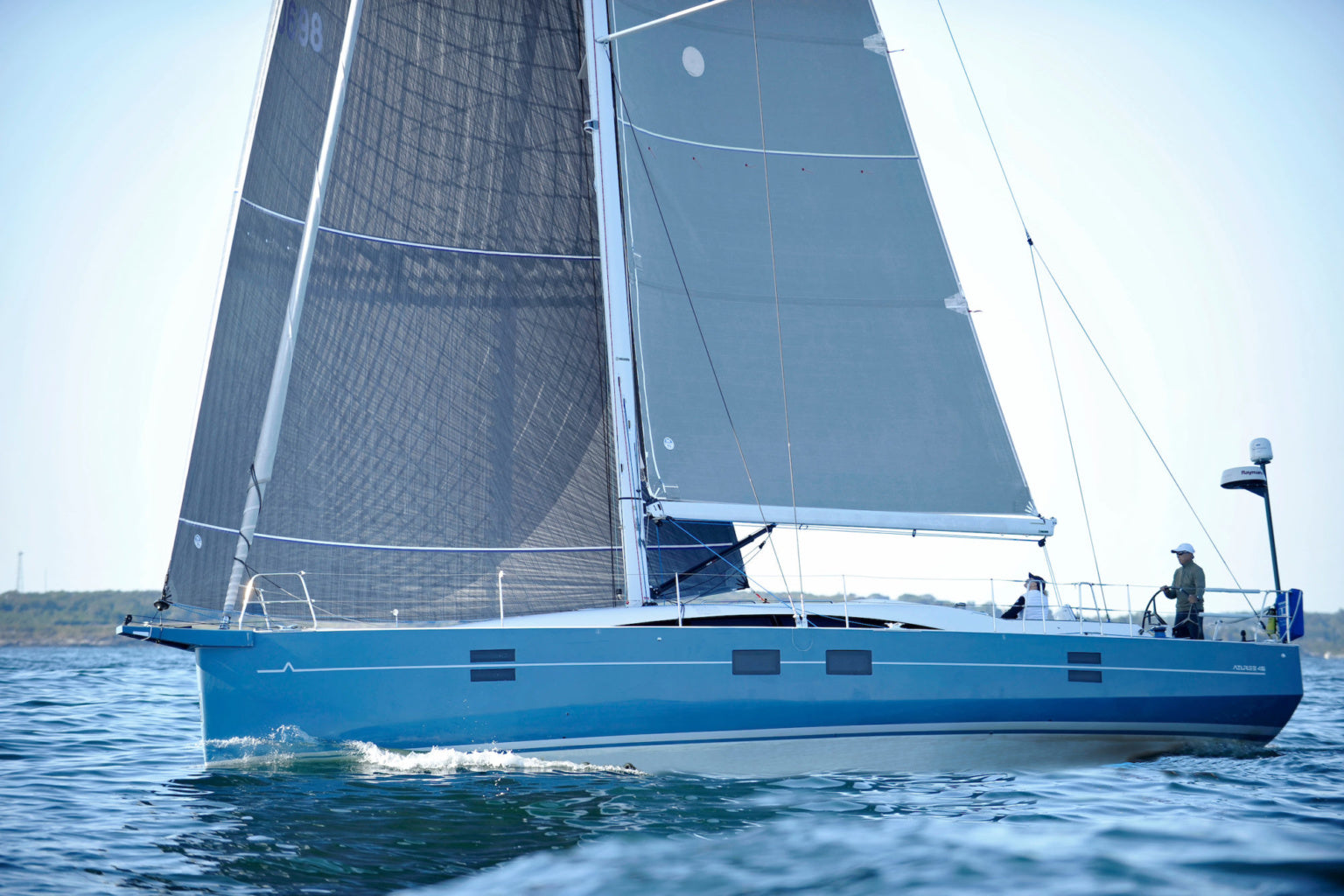
Need help picking the best Code sail?
If you’re still uncertain about what your next Code sail should be, contact your North Sails expert. We can help analyze your specific needs and figure out the best type of Code sail for you.
Contact an Expert Learn More Request a Quote
